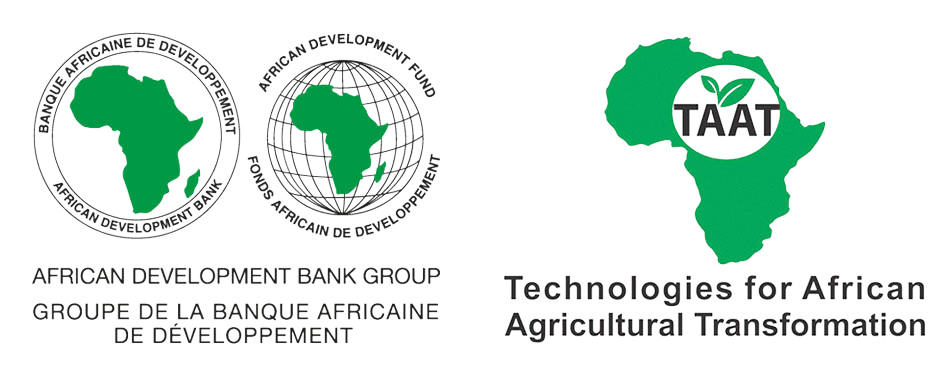TAAT and the imperatives of transforming agriculture in Liberia
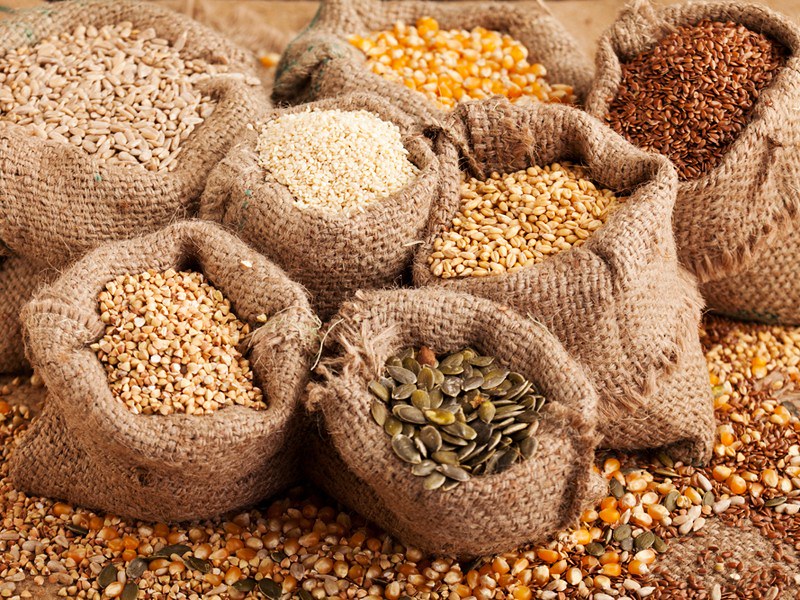
Agriculture is a significant sector in Liberia’s economy, employing a large portion of the population and contributing to the country’s GDP. However, the sector faces various challenges, including limited access to modern agricultural inputs and technology, limited availability of quality seeds, weak seed production and distribution infrastructure, lack of access to improved varieties, and lack of formal seed systems.
Many farmers rely on saved seeds from previous harvests or informal seed networks, which may not always be high-quality or well-adapted to local conditions. Liberia lacks robust seed production and distribution infrastructure. While these informal systems can be essential for maintaining local crop diversity, they do not always provide access to improved varieties or quality seeds over time.
There are equally limited facilities for seed processing, storage, and distribution, which hampers efforts to produce and deliver quality seeds to farmers in a timely manner. Furthermore, farmers have limited access to improved seed varieties that offer higher yields, disease resistance, and other desirable traits.
Limitations to domestic production continue to exist principally due to insufficient access to quality seeds (owing to the absence of a formal seed system) around which other practices are applied.
Although poor access to improved seeds is a prime factor hindering productivity, there are other limiting constraints, which include limited success with fertiliser, pesticides, and mechanisation services); low use of improved production technologies, weak institutional and human capacities, and low access to affordable finance.
From constraints to opportunities
As a result of these constraints, Liberian farmers cannot compete in the global market, as they struggle with low crop yield and productivity. Over the last decade, several initiatives have supported the Liberian seed sector. While the seed system in Liberia faces significant challenges, there are also opportunities for improvement through targeted interventions, investment in infrastructure and capacity building, and the promotion of community-based seed systems. These efforts are crucial for enhancing agricultural productivity, resilience, and food security in Liberia.
The second generation of the Liberia Agriculture Sector Investment Plan (LASIP II, 2018 – 2023) is the Government’s commitment to diversify the economy and prioritise agriculture. LASIP II supports critical value chains such as rice, rubber, cassava, and livestock among others.
The Pro-Poor Agenda for Prosperity and Development (PAPD, 2018 – 2023) is the Government’s five-year National Development Plan that recognizes equitable and sustainable economic diversification, private sector engagement and the agri-food industry as the growth engines of the national economy.
Rice for Liberia
The main flagship project under the Liberia Food and Agriculture Compact (emerging from the AfDB-led Dakar 2 Summit of African Heads of State) will undertake a structural transformation of the rice sector in Liberia. The Country Compact focuses on large-scale commercial rice production to supply 75 percent of national demand for rice and help to close the gap in supply and reduce imports to zero percent.
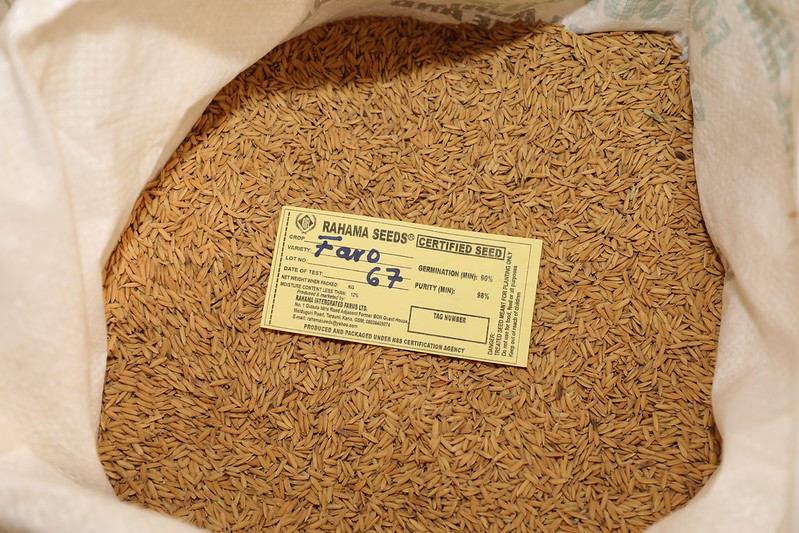
To support this, the Government has developed flagship projects in mechanised and irrigated agriculture, livestock feed and organic fertiliser production. The specific objectives set for this value chain include producing 400,000 additional tons of paddy rice (264,000 tons of white rice) by 2028, creating marketable surpluses and reducing imports to 0%.
The actions to be undertaken include developing an additional 20,000 hectares of lowlands under irrigation (total water control), and supporting two crops per year. Various scenarios for yield improvement are projected, ranging from Low: 4 Tons/Ha, Medium: 7 T/Ha and High: 10 T/Ha, (iii) taking the medium scenario of 7 T/HA, the objective is to produce 280,000 Tons of paddy rice, or 184,800 tons of white rice per year.
Increasing cassava production
Cassava is a very important food crop in Liberia and is regarded as the closest substitute to the country’s main staple, rice. Close to 65,000 hectares are under cassava production across the country, and about 90% of cassava is used for human consumption.
There is considerable scope for improvement, as average yields of 17 tons/ha have remained well below potential, and despite the availability of different varieties, adoption has remained low. The sector has low levels of processing capacities; only six medium-scale processing facilities are in operation across Liberia, Montserrado, Bomi, Bong, Sinoe and Magibi counties.
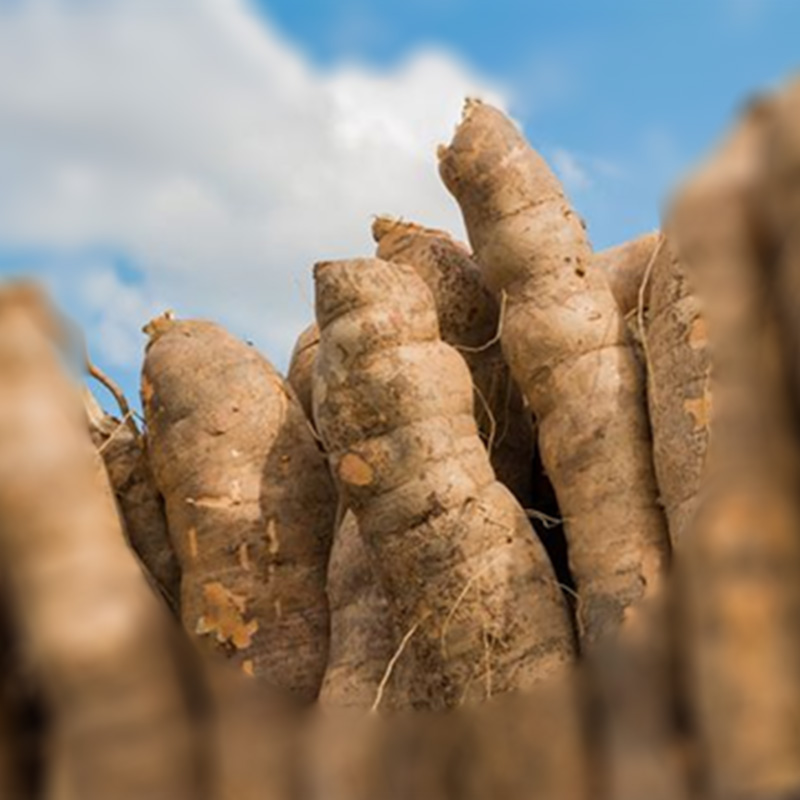
The major challenge for industries is the inadequate supply of raw materials. In addition, transportation difficulties occur because of inadequate roads and fragmented and widely dispersed production areas. This value chain aims to increase productivity on existing farmlands by making readily available and accessible high-yielding planting materials targeting 30 tons per hectare, to access agri-food markets through processing storage and transportation solutions for cassava and cassava products.
Harnessing potential for maize and soybean
Although maize and soybean in Liberia are not considered significant value chains, there is a potential for their production in the country for food diversification and poultry production. The green maize production in Liberia increased from 11,500 tons in 1973 to 24,853.14 tons in 2022, growing at an average annual rate of 1.63%.
Likewise, soybeans. Soybean production in Liberia increased from 1,300 t in 1973 to 3,348.22 t in 2022, growing at an average annual rate of 2.11%. It is anticipated that the development of the seed roadmap will provide the framework and resources to boost the production of the major commodities alongside maize and soybeans.
The Fish Value Chain
Liberia’s fisheries and aquaculture sector provides about 65% of the country’s animal protein needs. The sector contributes about 10% to Liberia’s GDP and creates jobs, income-earner opportunities, and revenue for the central government.
In 2017, employment data showed a total of 35,054 people in both fisheries and aquaculture. According to FAOSTAT, in 2021, fish consumption per capita reached 4.18 kg in Liberia, which is 2.11% less than in the previous year. In 1984, fish consumption per capita in Liberia reached an all-time high of 17.6 kg and an all-time low of 2.60 kg in 2009.
However, extensive damage was done to the fisheries and aquaculture sector during the war thus decreasing the per capita consumption to 3.31 kg.in 2008. However, the Fisheries and Aquaculture sector experienced some marginal recovery since then and in 2018, per capita consumption increased to 4.49 kg. Between 2008 and 2018, production also increased from 7,950 tons to 14,360 tons, representing an annual average growth rate of 5.52%. Sector actors, especially those in aquaculture, decried the high feed cost, low-quality fish seed, fingerlings, and aquaculture inputs as the major challenges.
Despite these challenges, the aquaculture sub-sector holds a huge untapped potential. The aquaculture database establishment and routine data collection exercise conducted by NAFAA and the fish farmer cooperatives in 2023 under the Liberia Sustainable Management of Fisheries Project (LSMFP) indicated a national aquaculture production of 1300 tons. About 1000 smallholder fish farmers are scattered around the country, with a total aquaculture production area of 187 hectares (FishLib 2022).
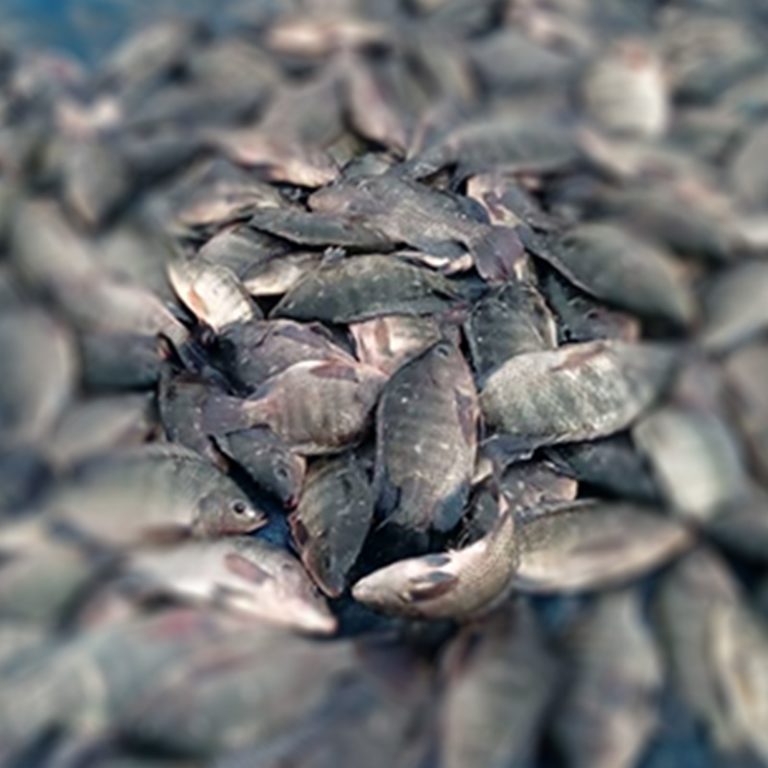
With the Liberian seed business summit, the African Development Bank, through its Technologies for African Agricultural Transformation (TAAT), is accelerating the momentum in addressing transversal issues in Liberian agriculture, improving soil fertility, discovering the untapped potential for improved water management, coordinating and advocating agricultural research initiatives, providing the necessary policy support, attracting youth in agribusiness, and helping farmers respond to transboundary plant pests and diseases such as Fall Armyworm.
The path to feeding Liberia converges at an interdependent relationship between seed and agronomy. This convergence, if meticulously harmonised with innovative solutions from research alongside support for farmers and extension services, can usher Liberia into an era of food systems resilience and nutrition security.
